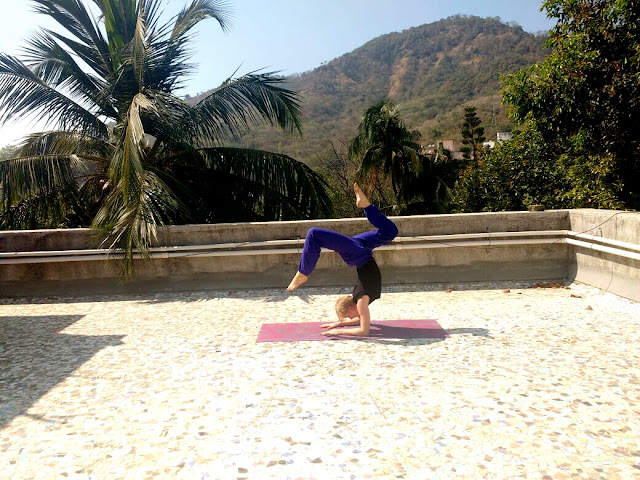The eight limbs of Yoga - a quick overview
Maharichi Patanjali wrote the Yoga Sutras and summarized all practical knowledge for a yogic life.
He divided Yoga into eight steps with Samadhi, enlightenment and liberation as the highest goals.
Samadhi is a state of mind where you are in total inner peace, completely detached from all worldly and where nothing can harm you anymore. Liberation means being released of the endless cycle of rebirth and painful lives.
The eight steps or limbs of Yoga are
You can work on those steps simultaneously and they are linked to each other, that is why they are also called limbs of Yoga, like the limbs of a body.
Step 1-4 are the basics. Yamas and Niyamas are principles for your social behaviour and your mindset. They make us a lot more aware of our thoughts, words and actions so that we can work on our selves and become better versions of ourselves. Additionally, they have greater positive effects which are like super powers.
Asanas are physical exercises and postures which make your body strong and flexible. They were originally practiced to prepare a Yogi to sit comfortably for a long time in a meditative posture to meditate. But Asanas don't only have effects on the body. They also quieten the mind, improve concentration and create feelings like wellbeing, confidence, letting go and acceptance.
Prana Yamas are breathing techniques which increase the breathing capacity and the Prana, life energy in the body. Our breath connects our body and mind. That's why we can use breathing techniques to control or to quieten the mind and to prepare ourselves for meditation.
With Pratyahara, step 5, starts the higher Yogic path. It is controlling the senses and turning them inwards. Focusing on the fluctuations in your mind, instead of being only focused on the outside body and material world. Controlling thoughts instead of being controlled by thoughts and desires.
The last three steps, Dharana, Dhyana and Samadhi are all about different levels of constant concentration and meditation.
Dharana is concentration on an object and becoming aware of or witnessing incoming thoughts.
Dhyana is constant, uninterrupted concentration for a long time with full control over thoughts, also called meditation.
Samadhi is complete stoppage of thoughts.
But let's not yet get too deep into that. Let's start at the beginning! We'll begin with the practical part that all of us can implement in our daily lives, no matter how, where and which lifestyle we live right now.




Comments
Post a Comment